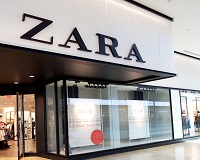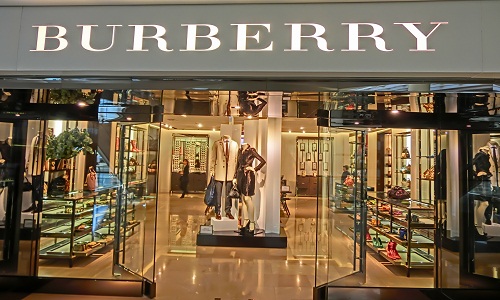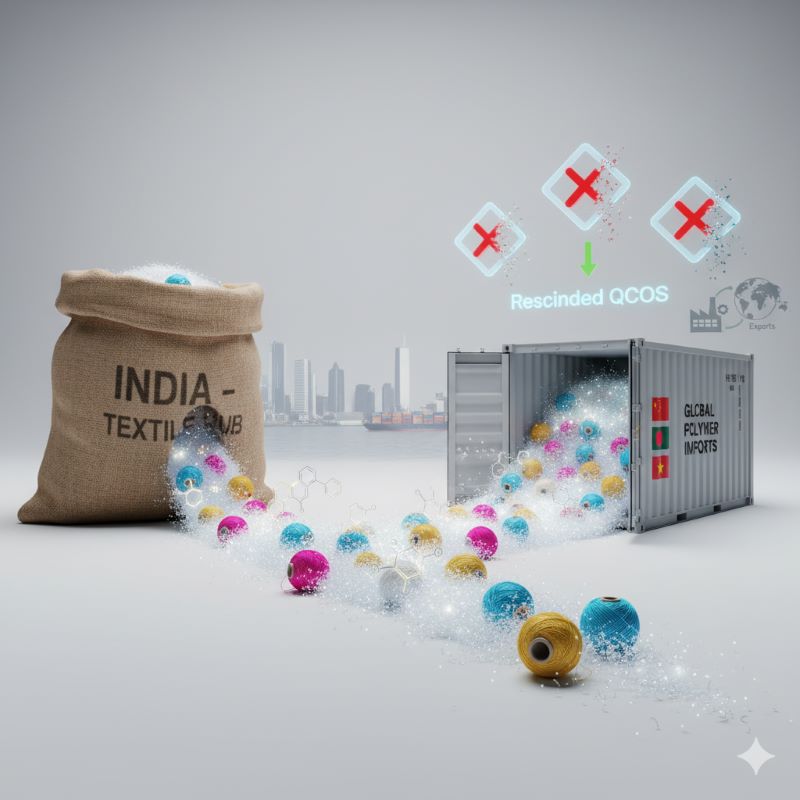"Aiming to reach customers faster and grab market share, global brands such as Gucci, Ralph Lauren, Coach, Helmut Lang, Burberry and Rag & Bone, are working on increased flexibility and faster-paced production windows. Karin Tracy, Head-fashion, luxury and beauty industries, Facebook feels speed is everything right now. For luxury brands, whoever is the fastest right now will have competitive advantage, full stop. They need to step out of the comfort zone of perfection, think about how to move fast and build things to let them do so."

Aiming to reach customers faster and grab market share, global brands such as Gucci, Ralph Lauren, Coach, Helmut Lang, Burberry and Rag & Bone, are working on increased flexibility and faster-paced production windows. Karin Tracy, Head-fashion, luxury and beauty industries, Facebook feels speed is everything right now. For luxury brands, whoever is the fastest right now will have competitive advantage, full stop. They need to step out of the comfort zone of perfection, think about how to move fast and build things to let them do so.
A recent study by Alvanon stated this fast-moving trend has been brought in by brands like Zara, which releases new items four to five times faster than a traditional retail brand. To grasp the change, luxury brands have opted for various strategies with some chucking the traditional fashion calendar and moving over to see-now-buy-now concept. On this note, Caitlin Aylward, Director, Research, L2, says in order to really perform like Zara does, or go with an immediate fashion calendar, these brands will have to consider an overhaul. There are other steps that can be taken to improve speed-to-market.
Enhancing production
With the intent to speed up the rate at which new capsule collections can be released, Kering recently announced the launch of Gucci Art Lab. This will be a 35,000-sq. ft. space in Italy specialising in manufacturing leather goods and shoes, and source its own sustainable materials to bring the Gucci supply chain closer to home. Jean-Marc Duplaix, CFO, Kering, says this is a step toward internalisation of production, especially leather goods. Over time, there will be better control over product development, sampling and material development.
The same strategy was implemented by labels like Burberry and Tommy Hilfiger because of which they were able to shift their production schedules to an in-season model in a short span of time. Vertically integrated supply chains offer brands flexibility that other brands don’t have, particularly on the smaller scale.
Invest in technology
In order to spruce up production process, companies must leverage on technology tools like 3D design, automation and robotics that will also help in reducing turnaround time in the supply chain. Ed Gribbins, president, Alvanon, averred that luxury brands could all do a better job of adapting technology to aid the production process. There are brands that are just now starting to test 3D product development software, and that’s going to change the way all retailers go to market, eventually. Kate Twist, the chief digital officer of Xcel Brands elaborated that they are working on identifying new technologies that can impact all areas of the business.
Tackling complexities
According to Gribbins, internal decisiveness is probably the single biggest challenge in terms of speed to market. Luxury has been nimble at making decisions than, say, department stores or specialty retailers, which have been on an 18-month cycle. That doesn’t work anymore.
Processing customer data and using that feedback to aid in faster decision making is also a cause for concern for luxury brands. Since many still make the majority of sales through wholesale channels like boutiques and department stores, there’s a degree of separation between customer feedback and the brand. Gribbins opined that data is the hardest because brands don’t own the customer, in many cases, and if they don’t connect as directly to the end user, they struggle to get that data. On top of that, millennials, as a group, don’t seem to value brands in the same respect that their parents might have. In lieu to this, Antony Karabus, CEO, HRC Retail Advisory, suggested that luxury retail needs to get a much closer and tighter understanding of the customer, including the ones buying, what’s being bought and how they want to interact with you. Then they can react.













